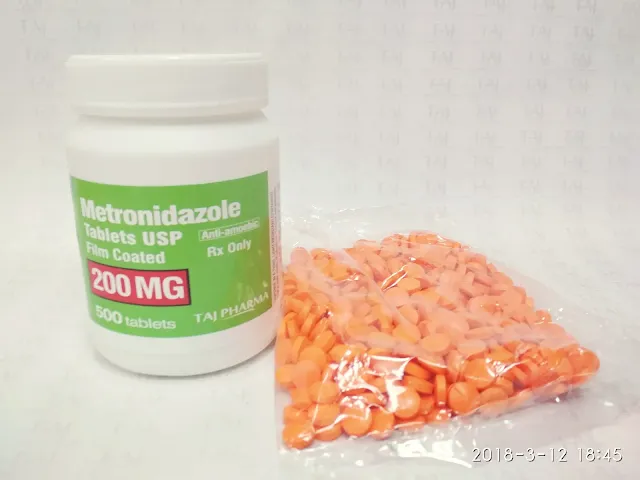INTRODUCTION: Drugs that block the action of Acetylcholine are known by a number of names, including anticholinergics, cholinergic blockers, muscarinic antagonists, and parasympatholytics. Although the term anticholinergic is most commonly used, the most accurate term for this class of drugs is muscarinic antagonists, because at therapeutic doses, these drugs are selective for Ach muscarinic receptors and thus have little effect on Ach nicotinic receptors.
PHARMACODYNAMICS: Anticholinergics act by competing with Ach for binding muscarinic receptors. When anticholinergics occupy these receptors, no response is generated at the neuroeffector organs. Suppressing the effects of Ach causes symptoms of sympathetic nervous system activation to predominate. Most therapeutic uses of the anticholinergics are predictable extensions of their parasympathetic-blocking actions: dilation of the pupils, increase in heart rate, drying of secretions, and relaxation of the bronchi.
THERAPEUTIC USES: 1. GI disorders: These agents decrease the secretion of gastric acid in peptic ulcer disease. They also slow intestinal motility and may be useful for reducing the cramping and diarrhea associated with irritable bowel syndrome.
2. Ophthalmic procedures: Anticholinergics may be used to cause mydriasis or cycloplegia during eye procedures.
3. Cardiac rhythm abnormalities: Anticholinergics can be used to accelerate the heart rate in patients experiencing bradycardia.
4. Preanesthesia: Combined with other agents, anticholinergics can decrease excessive respiratory secretions and reverse the bradycardia caused by general anesthetics.
5. Asthma: A few agents, such as ipratropium, are useful in treating asthma, because of their ability to dilate the bronchi.
6. Overactive bladder: Anticholinergics treat urinary retention and incontinence.
7. Degenerative nervous system application: Anticholinergics are used to treat patients who have Parkinson’s disease and whose main symptom is tremor. The prototype drug, atropine, is used for several additional medical conditions due to its effective muscarinic receptor blockade. These applications include reversal of adverse muscarinic effects and treatment of cholinergic agent poisoning, including that caused by overdose of bethanechol, cholinesterase inhibitors, or accidental ingestion of certain types of mushrooms or organophosphate pesticides.
RELATED;
3. GENERATION OF A NERVE IMPULSE
4. DIVISIONS OF THE CENTRAL NERVOUS SYSTEM
5. ATROPINE














.png)



.png)










